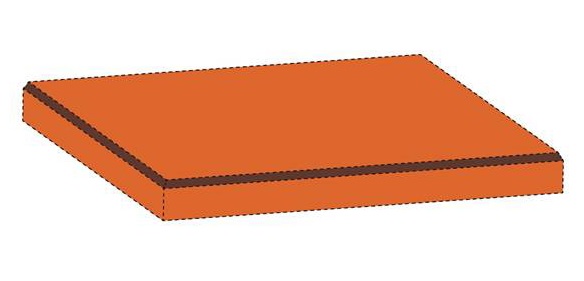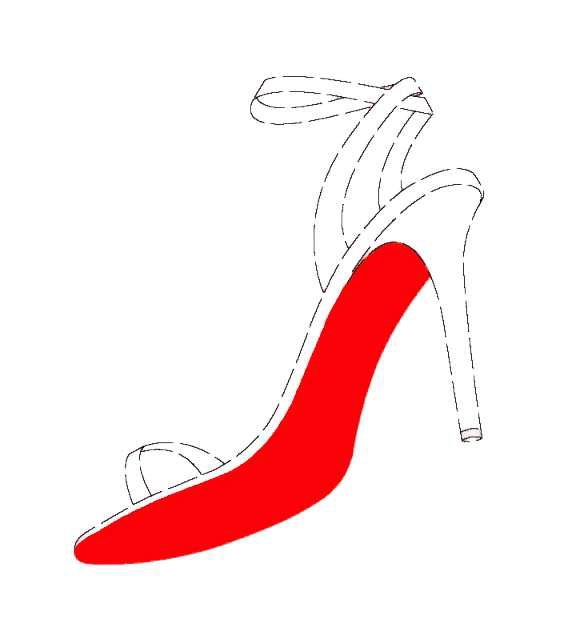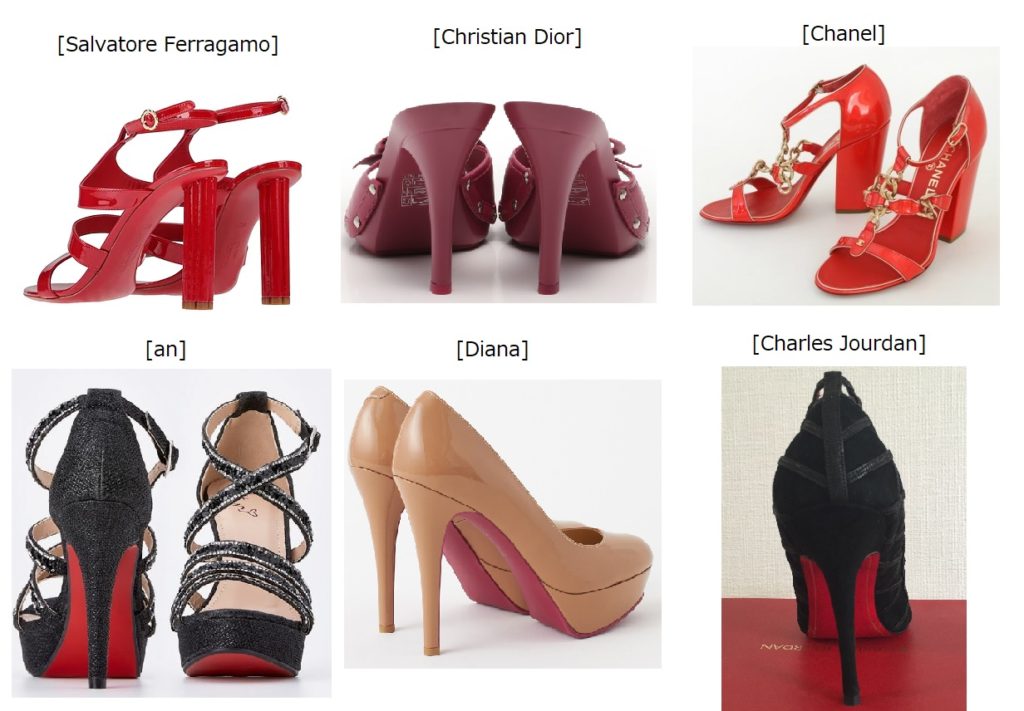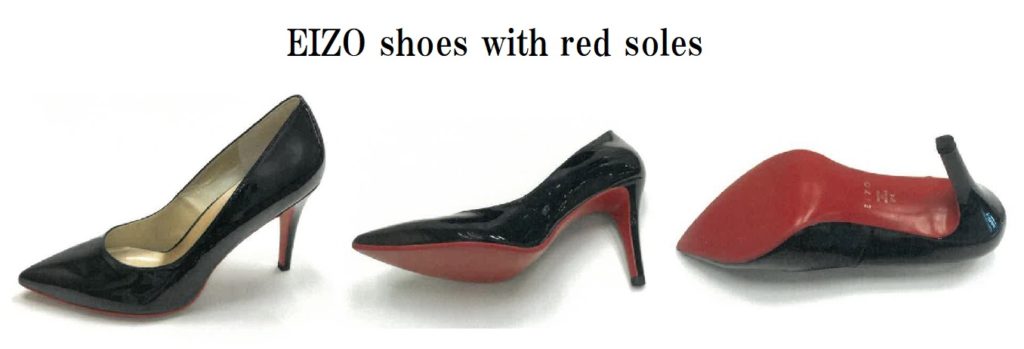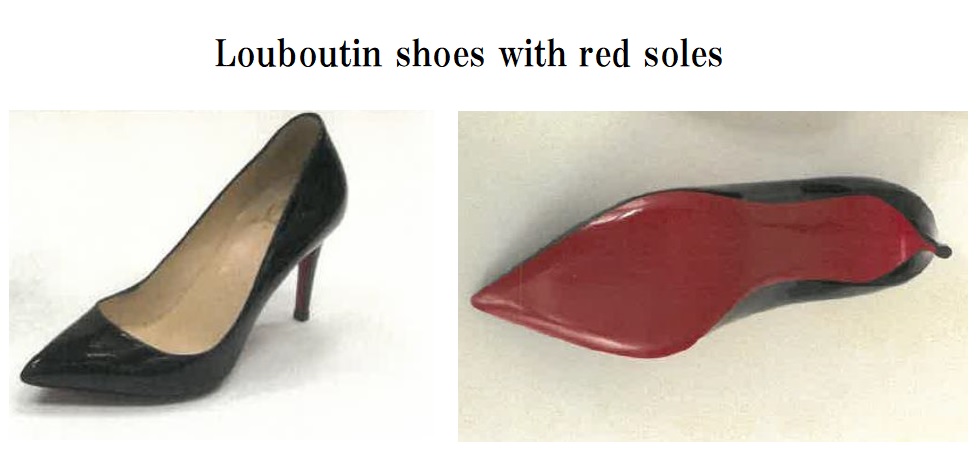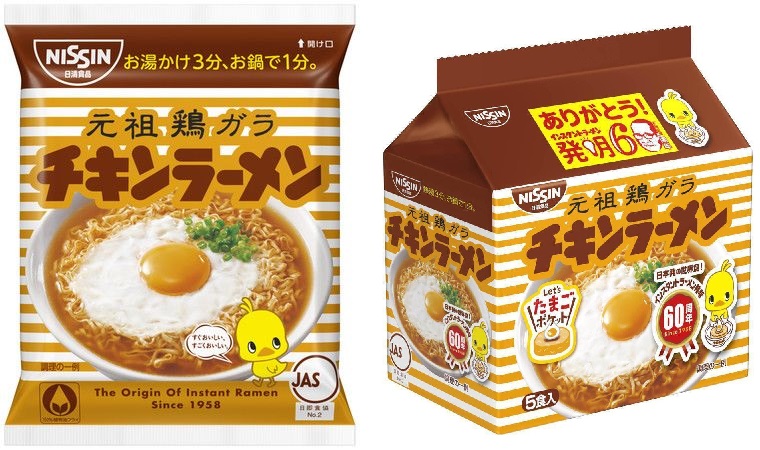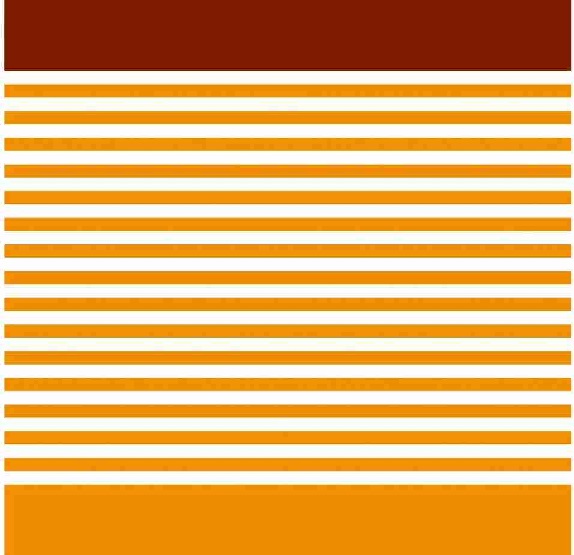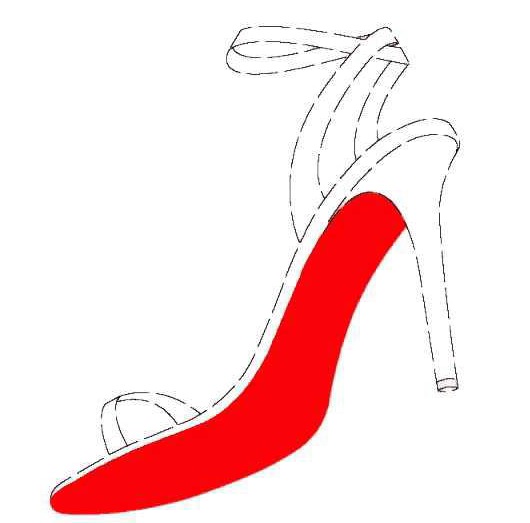On October 31, 2023, the Japan Patent Office (JPO) rejected color marks for use on farm tractors by KUBOTA Corporation due to a lack of inherent and acquired distinctiveness in relation to farm tractors in class 12.
Kubota farm tractors
KUBOTA Corporation, established in 1890, a Japanese company manufacturing a wide range of agricultural machines, launched its farm tractors in 1960. According to the allegations, KUBOTA has used an orange color and black-and-orange colors on its farm tractors since 1980. In recent years, the tractors have occupied top market share of around 50% in Japan.
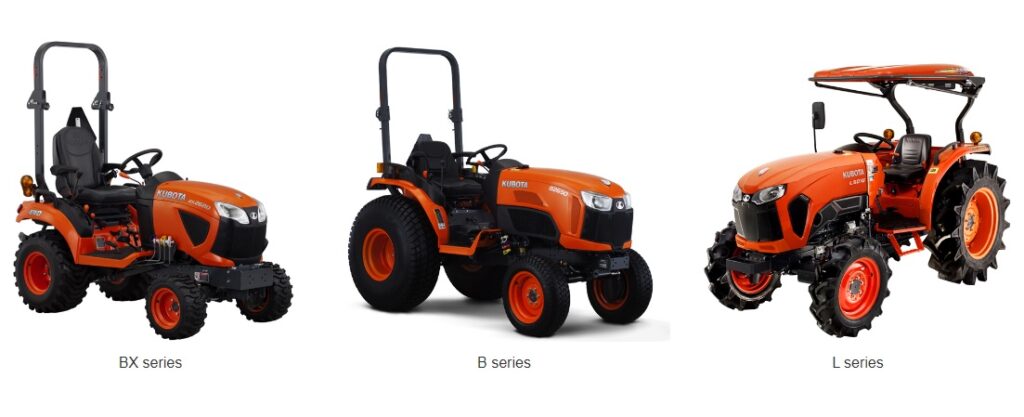
On December 26, 2018, KUBOTA applied for registration of color marks (see below) consisting of an orange color and color combinations (orange and black / orange, black and white) with the JPO in relation to farm tractors of class 12.

JPO rejection
The JPO examiner rejected the applications based on Article 3(1)(iii) of the Japan Trademark Law and found every color mark does not satisfy requirements of Article 3(2) by stating that:
- Farm tractors with similar color have been distributed by several competitors. Orange color has been commonly used on other agricultural machinery. Under the circumstances, there is no distinctive character to apply and use the applied color(s) on body, front grill, wheels of farm tractors. If so, the color marks are deemed descriptive in relation to the designated goods and shall be rejected based on Article 3(1)(iii).
- The market research that targeted 589 consumers resulted in approx. 30% of the interviewees answering “KUBOTA”. The result is insufficient to admit the color(s) per se has acquired distinctiveness as a source indicator because more than 30% associated the mark with other competitors in spite that Kubota’s tractors have occupied top market share for long years.
- In view of the fact that orange corresponds to one of safety colors determined by the Japan Industrial Standards (JIS), there is a high demand to freely use the color in our society.
- Based on the foregoing, the examiner has no reason to believe the applied color marks have acquired a secondary meaning and played a role in identifying the source of Kubota’s farm tractors by itself.

